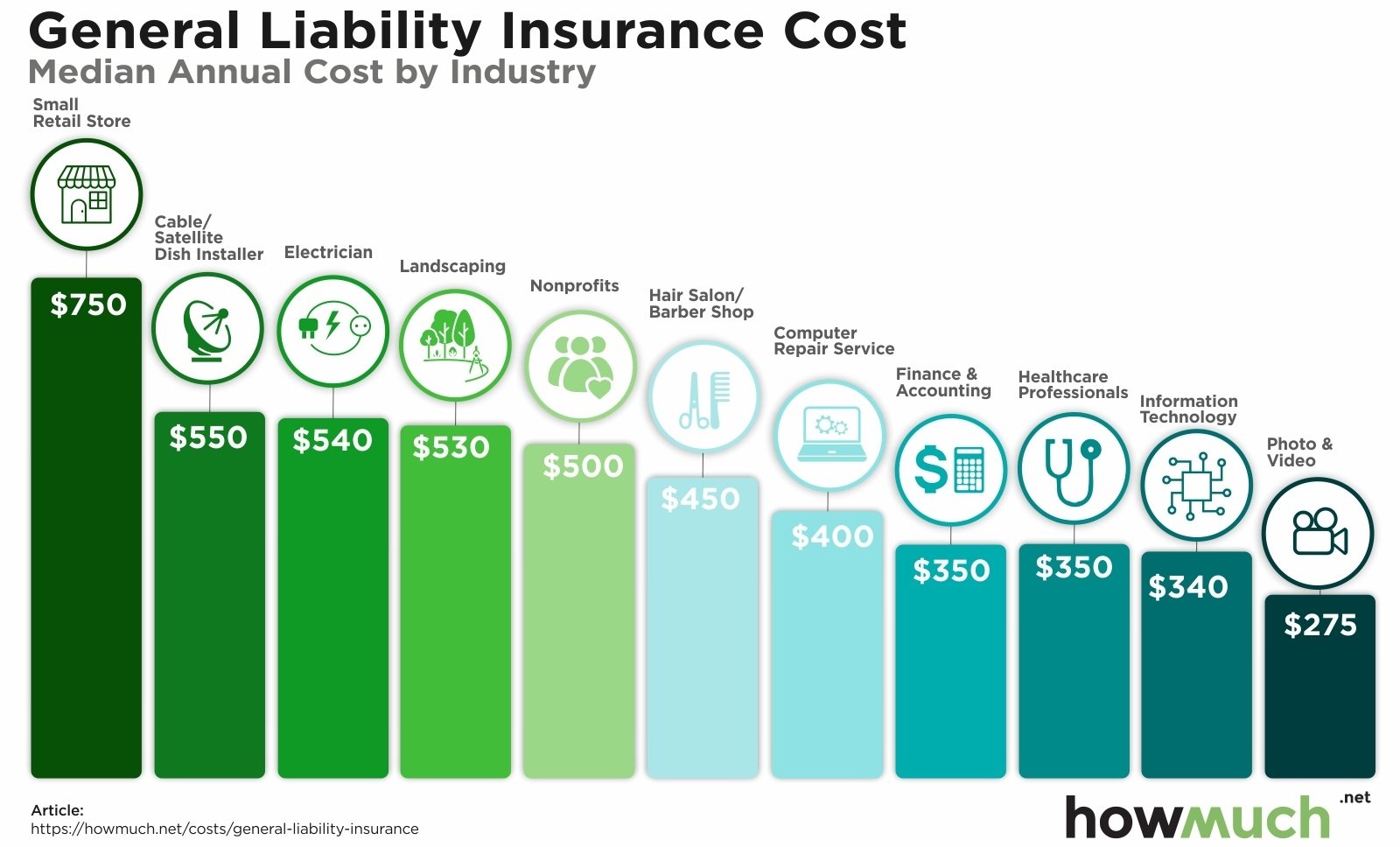Cheap General Liability Insurance
Introduction
General liability protection stands as one of the most vital insurance covers for businesses safeguarding against customer injury lawsuits, property damage claims and allegations of professional mistakes or data breaches causing financial harm. Yet securing adequate cover at affordable premiums remains a challenge, especially for smaller firms facing constraints around capital and working budgets.
This article explores clever tips businesses can deploy to access cheap general liability solutions while still getting quality protection, covering aspects like:
- Cost-saving carrier selection
- Beneficial bundling tactics
- Informed limit and excess choices
- Qualifying for experience credits
- 5 common questions
Keep reading for critical savings advice assisting businesses to get adequately covered without overextending strained financial resources.
Carrier Selection For Cheap General Liability Rates
Rather than assuming all annual general liability policies cost the same for a given business, substantial dollar savings emerge from selecting carriers demonstrating specific cost efficiencies like:
- Direct underwriters: Insurers dealing directly with customers rather than intermediaries often have reduced operating expenses, removing commissions and administration fees ultimately reflected in tighter premium pricing.
- Geographic specialists: Carriers only underwriting risks in a given state or region often have sufficient scale efficiencies and refined experience data they can translate into very sharp rates to win market share.
- Niche market players: Targeting higher risk sectors like construction liability insurance at scale allows tailored pricing and bespoke policy enhancements other generalist insurers struggle to replicate.
- Digital sellers: Lean insurers transacting insurance fully online often forego a physical branch footprint enabling tightened margins used to incentivise customers.
Understanding where carriers leverage distinct efficiencies makes cheap liability rates possible without materially eroding actual protection supplied relative to high premium mainstream brands.
Bundling For Reduced Rates
Businesses paying annual premiums for covers like property damage, commercial vehicles, workers insurance, cyber liability etc can realise substantial savings by taking out multiple policies with the same general liability insurer. This consolidation turns on various savings channels like:
- Policy fee waivers: per policy fees are often dismissed for bundled covers taking out administration costs.
- Client loyalty discounts: Long standing clients with multiple bundled products may enjoy better pricing.
- Streamlined claims processing: Familiar client profiles facilitates potential settlements given integrated understanding of risks.
- Multi-product discounts: Direct product tie-in savings apply for taking our diverse covers under one accounting relationship due to simplified product delivery.
Ask each prospective general liability insurer about the dollar savings possible based on current insurance portfolio and other covers that could be naturally added to generate overall savings.
Informed Limits & Excess Decisions
Two pivotal levers businesses have for reducing premium outlay focuses on:
- Rising basic excess amounts: Opting for higher excess levels per claim lowers annual premium requirements given the increased portion of potential claim costs now carried by businesses themselves. Just ensure cash buffers exist for the raised deductible.
- Lowering cover limits: Buying protection up to caps of say $500,000 or $1 million per claim occurrence rather than expanding to $5 million or $10 million per occurrence can materially cut premium requirements for small businesses, so long as adequate backup business cash reserves or other assets exist to top up compensation in unlikely large claim events without liability shortfalls emerging. Modelling various excess and cover limit scenarios make establishing ideal balances of premium savings against risk assumption possible.
Leveraging Experience Credits
Lengthy historical operation with past annual liability policies held aids securing cheaper rates through channels like:
- Claim free credits: Avoiding major at fault claims for successive years often qualifies firms for loyalty discounts from incumbent insurers.
- Legacy tenure allowances: Long term customer status with an existing underwriter spanning 5, 10 or 20+ years may unlock exclusive reduced pricing in recognition of depth of profitable relationship.
- Projected renewal retention: Upfront long term commitments to stay insured with an insurer allows forward pricing incentives around guaranteed profitability.
Check whether current or prospective underwriters confer customer experience credits that helps next year’s liability costs.
5 Key Questions
When comparing quotes, what variation suggests coverage quality erosion?
Dramatic premium differences 50% or greater below nearest rival indicates terms or protections limitations likely.
How does part time trading impact liability costs?
Premium loadings may apply if open hours are restricted given disproportionate claims likelihood in shorter windows.
Should sole traders insure personally or business names?
Either option is valid – discuss tax implications of each approach with financial advisors to steer decision making.
What are uncommon ‘hidden’ extras insurers charge?
Administration fees, instalment charges and credit card processing fees occasionally apply inflating net premium costs.
Can past insolvencies influence current premiums?
Possibly – insolvency within say last 5 years can require increased premiums due to perceived increased claims likelihood from deficient internal controls.
Conclusion
Accessing discounted general liability solutions conserving scarce working capital need not mean compromising on safety for customer facing businesses. Various efficiencies exist across modern insurers allowing quotes to be competitively benchmarked. Tactics like multi-policy bundling, inertia discounts for loyalty or lengthened tenure and strategic excess and cover limit choices help sensibly balance premium outlays against severity of remaining risk retained internally.
Trading off minor procedure hassles or infrequent payout delays to secure top tier discounted premium protection makes strong commercial sense for most small operators looking to sustain growth in competitive business landscapes. Discuss specific discount eligibility with trusted existing or prospective general liability carriers at next renewal.






